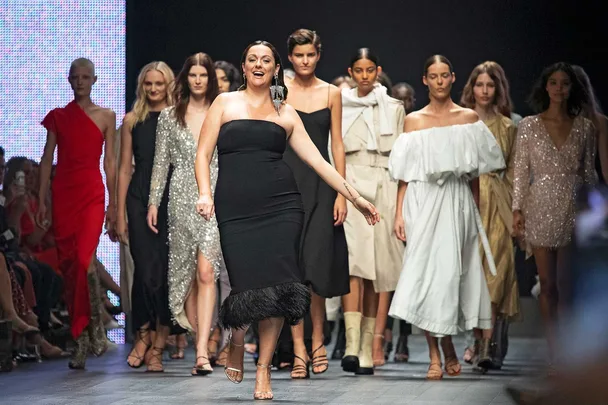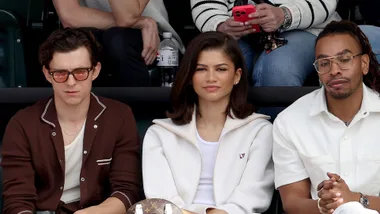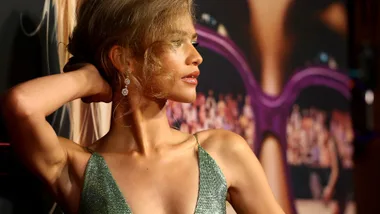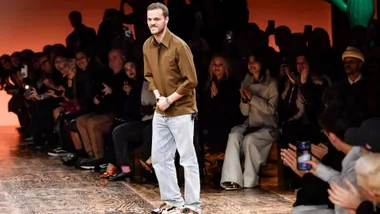May 11, 2020, is one of those perfectly beautiful autumn days: crisp enough for a coat, but sunny with turquoise skies. Sydney Harbour is probably gleaming. Not that I’d know. Like most of my peers in the Australian fashion industry, I’m working from home. In a parallel world, one without the threat of COVID-19, we would have gathered today overlooking the water to attend the opening show of the 25th Australian fashion week.
That spot on the schedule was reserved for Aje designers Edwina Forest and Adrian Norris. They’d planned to present “a visual and sensory” feast at the historic Coal Loader site in North Sydney. Aje is known for delivering impressive runway moments. In 2018, they showed in artist Wendy Whiteley’s garden with a collection featuring prints based on late husband Brett Whiteley’s paintings, and last year 700 guests attended Aje’s show at The Rocks.
“I’ve always felt the runway provides a visceral experience that only a physical show can bring,” says Forest. But as Australia’s social distancing measures ramped up, it became obvious they could not proceed this year. “We felt disappointed but not disenchanted,” she says. “We could immediately rationalise the ‘why’, and although we were deep into the production and design processes, it didn’t hinder the collection.”
Forest, who gave birth to a baby girl in March, hopes for gains from this pause. “Perhaps our industry needs this space and time to recalibrate; to decide what this new era for fashion shows can look and feel like in the future,” she says.
Natalie Xenita is the executive director of IMG Fashion Asia Pacific, which runs Mercedes-Benz Fashion Week Australia. Her team spent 10 months planning the 25th anniversary celebrations. “Was it disappointing to have to cancel so close to the finish line? Of course; but it’s more important to keep everyone safe,” she says. “We’re focused on next year.”
She talks about “evolution not revolution” and points out that show formats have been constantly changing over the years anyway. Australian fashion week introduced a live stream in 2012. Last year it launched a sustainability road map, and the 2020 iteration was to address carbon emissions. This year’s event would have also had ticketed shows, accessible to the public, threaded throughout the schedule.
She doesn’t mention the financial pressures, but they lurk behind all these conversations. According to consulting firm McKinsey & Company, the global fashion industry could contract by as much as 30 per cent this year. Remember when a Chanel show meant installing an enormous branded rocket ship inside the Grand Palais? Or a beach complete with trucked-in sand and lapping waves? Will anyone be able – or want – to spend hundreds of thousands of dollars on a fashion show post-COVID-19? The reset may be cultural as well as financial. Sustainability is increasingly important, and there’s backlash brewing against hyper-consumption and excess.
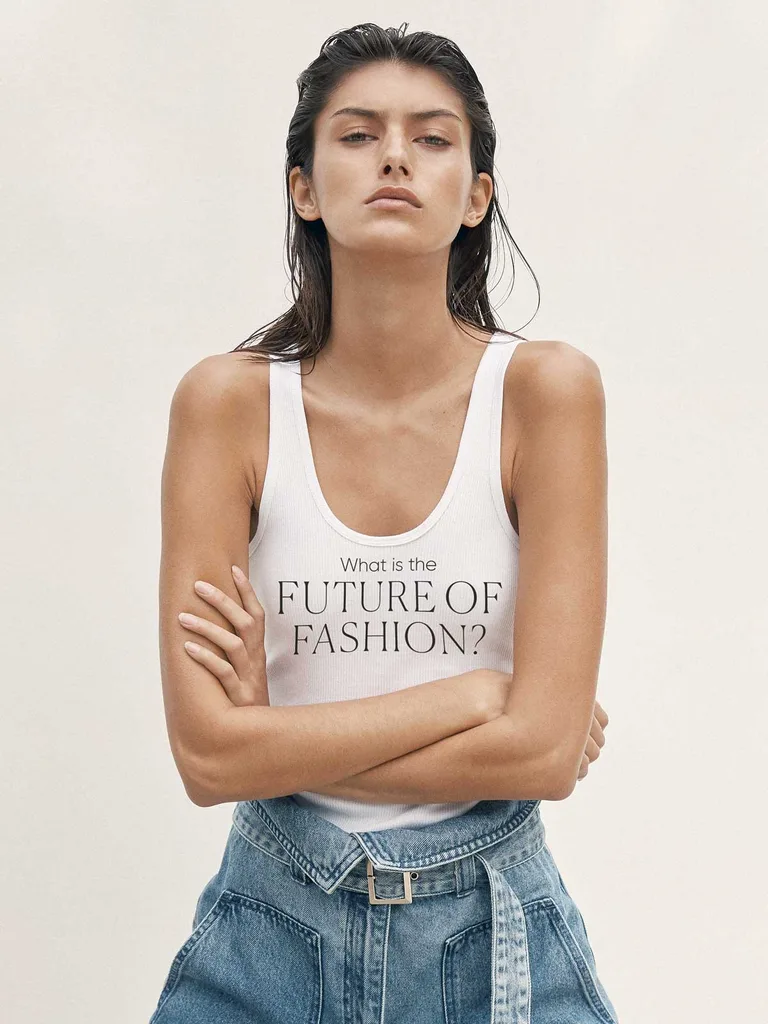
Bassike top, $150, bassike.com; Claudie Pierlot jeans, $352, 03-9663 7568.
There is growing pressure to ask questions about the format and pace of the international show circuit. Or circus, as Simone Cipriani of the UN’s Ethical Fashion Initiative, puts it. In an op-ed in February he wrote: “What we need are events that enable people to think, to imagine a future, not this useless carousel. We are quickly moving towards the extinction of life as we have known it up to now. What are we doing about this crisis? Business as usual.”
In May, an open letter to the fashion industry was signed by the likes of designers Dries van Noten, Erdem Moralioglu and Tory Burch, plus representatives from retailers David Jones, Selfridges and Lane Crawford, among others. They called for “adjusting the seasonality and flow of both womenswear and menswear goods”, starting now. They also pledged to work on sustainability by reducing travel, waste and unnecessary product, and to “make use of digital showrooms in addition to personal creative interactions”.
This year’s show calendar has already been derailed. After Australia pulled the pin, April saw a slew of event cancellations, postponements and digital pivots around the world. The Paris couture shows are off this month, while London men’s fashion week will move entirely online. The British Fashion Council’s Caroline Rush promises “inspiration in bucketloads” and a focus on storytelling, with designers invited to contribute what makes sense to them creatively – there will be no physical runways.
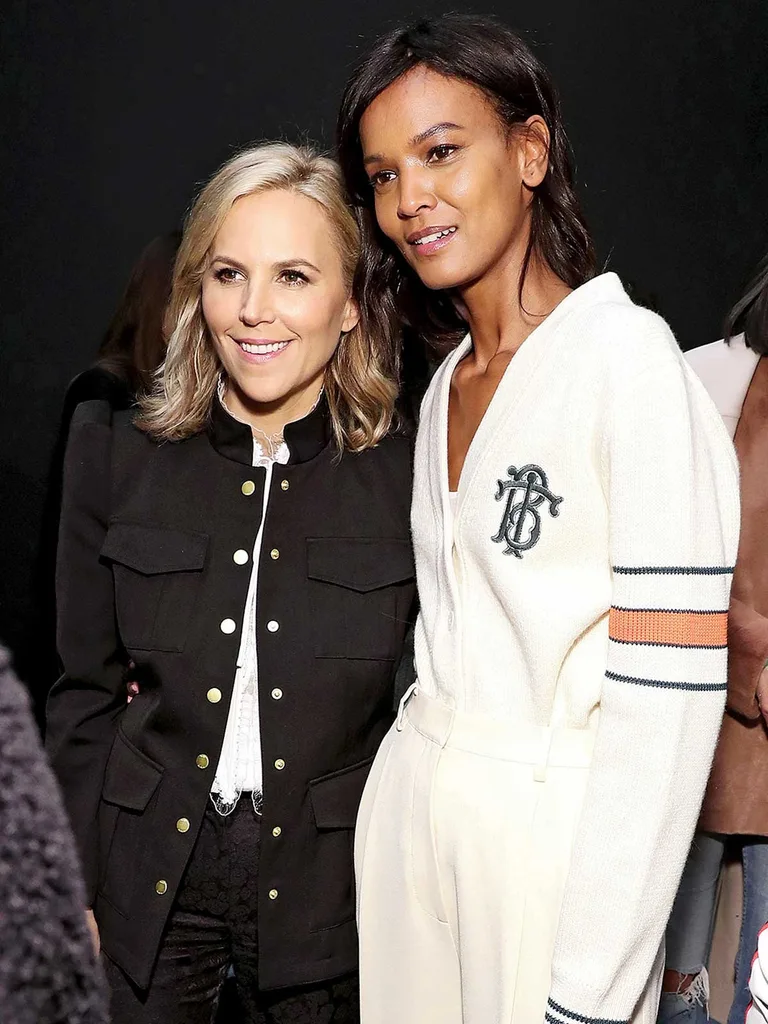
Designer Tory Burch (on left)
Tory Burch says that while “it’s too soon to say what our industry will look like”, the opportunity for change is clear. The executive chairman and chief creative officer of her namesake brand believes we’re living through “a moment of reckoning and a catalyst for change. The pandemic is pushing us to find new ways of thinking and working, and we are accelerating many of the ideas we were already exploring. I keep coming back to the concept ‘less is more’ – we need to be more selective about what we do and ensure there is more meaning behind everything.”
Burch was already rethinking her runway strategy, pre-COVID-19. “We decided several months ago we weren’t going to have a fashion show in September,” she says. “We wanted to go back to something more humble and nostalgic, similar to the presentations we did when we were starting out 15 years ago, but with a digital aspect.” Guests at her autumn 2020 show at Sotheby’s on New York’s Upper East Side included actors Julianne Moore and Lucy Liu. But everyone was invited – virtually. The show’s live stream and video-on-demand attracted 200,000 viewers.
“Digital has been integral to our business from the beginning – we launched as a direct-to-consumer concept with retail and ecommerce – and we have always focused on innovation and pushing things forward,” says Burch. “We did our first virtual market in February … It’s amazing how quickly we can all adapt. Now, more than ever, creativity,
innovation and agility are paramount.”
She says they’re still figuring out the perfect balance. “Whether [that] needs to be a physical experience later on is still undecided. What we can conceive, however, is that this new digital frontier provides us with opportunities to champion alternate ways for presenting collections, as well as redefine the environmental output related to future shows.”

Aje opening Australian fashion week in 2019
Simon Lock, who founded Australian fashion week a quarter of a century ago, says the
industry must accelerate change with the climate crisis in mind. In February, with the Carbon Trust, his virtual showroom company Ordre released a report on the climate impacts of the big four fashion weeks (New York, London, Paris and Milan). It found that the combined emissions of buyers from 2697 retail organisations and 5096 ready-to-wear designers attending these events across a 12-month period added up to 241,000 tCO2e – the equivalent to lighting up Times Square for 58 years.
“We broke it down to the carbon emissions of a buyer placing one wholesale order as part of the international fashion week circuit. It was the same as burning 100 kilograms of brown coal. That really hit home for me,” says Lock.
He argues that fashion weeks have shifted purpose anyway, and are more focused on consumers and social media content these days. In that context, he asks, “Do we always need this excessive amount of travel to be able to do the business of fashion?”
After Australian fashion week was cancelled, Ordre partnered with the Australian Fashion Council to present AFC Virtual – a dedicated space on Ordre.com for Aussie designers to show buyers this season. “I still believe it’s very important to bring together designers, thought leaders and stakeholders to celebrate fashion,” says the AFC’s Leila Naja Hibri. “Whether we need so many fashion weeks all over the world, I don’t know. Can it all be done digitally? Probably; but that’s a bit like saying, do you want to watch a play without going to the theatre? Not all brands need to show. We should make space for emerging names, students, hidden talent. We need to find more balance. Why not treat fashion weeks like the Olympics, with different cities hosting each year?”
She thinks we need a reset. “Minimum order quantities are pushing many to produce more than they need. There’s too much discounting, deliveries are out of sync with what consumers want, and we’ve been trained to wait for the sales. I think we should be looking to change the way we do things in terms of seasonality, size of collections, when we drop and how we discount.”
Asked if we should use this moment to redesign some parts of the fashion system, Burch says, “Absolutely. Everything is on the table, from the number of collections to seasonality. And I think customers will be more practical and thoughtful in what they buy – classic pieces that they will want to wear and have for a long time.”
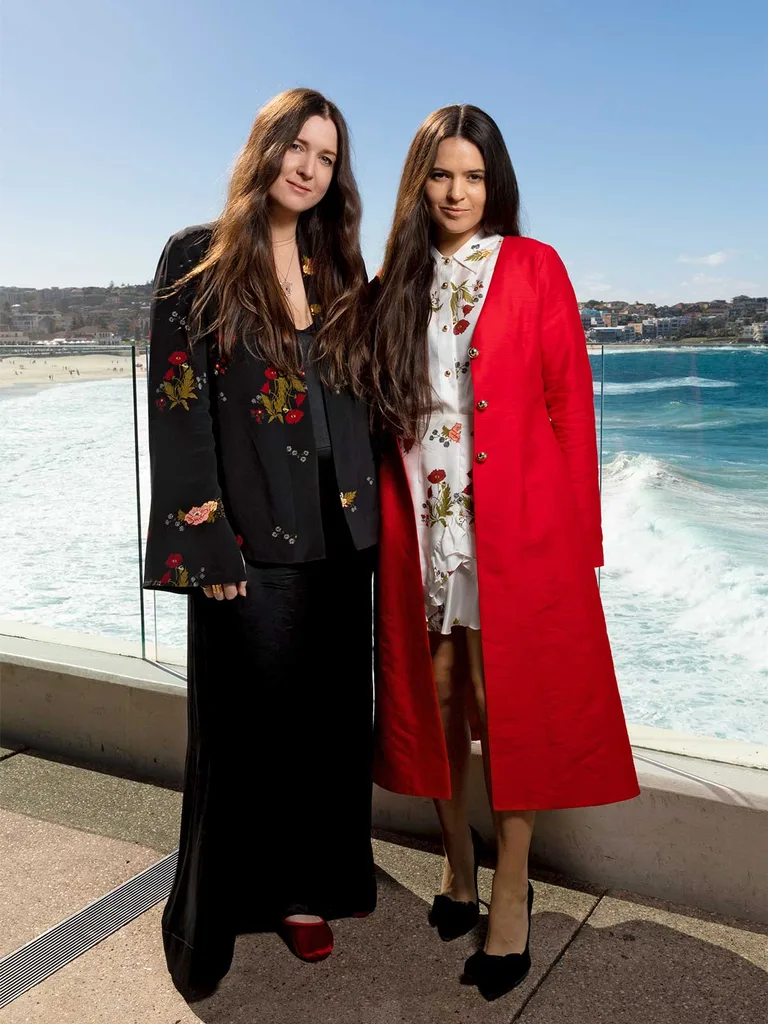
Tessa and Beth MacGraw
“We have long thought the pace was too much,” says Beth MacGraw, who runs cult Aussie label Macgraw with her sister Tessa. “How are we meant to design meaningful collections with beautiful stories and an ethical supply chain when we’re being pushed to keep to this crazy ‘seasonal’ timeline? I use that term loosely as what even is a season now? Coats drop in February in our hottest months. Then you can’t get a coat in July/August; it’s nuts.”
She believes the virus further cracked an alreadybroken system. “Somewhere in mid-March, many major retailers started rejecting confirmed orders or ‘negotiating’ reduced payments. It was a wake-up call. We’re pretty lucky to have only had a couple of stores in this category, but it really got us thinking about the power [designers] hand over to retailers in general. Why do we let them set the tone and pace?”
Macgraw’s response – a campaign shot remotely through FaceTime by photographer Levon Baird – is a provocation. “We’re calling it Season Desist. Our subjects are women we admire, wearing favourite pieces from past collections.” (Disclaimer, I’m one of them.) Beth MacGraw calls it “a statement about this insatiable desire for newness our industry has deemed normal”, and says she wants to see a slower pace, and “a rethink of outdated ideas”.
The open letter sums up the mood. Post-COVID-19, we all want to build a more responsible industry that’s mindful of its impacts “on customers, on the planet and on the fashion community”. Most of all, we want to “bring back the magic and creativity that has made fashion such an important part of our world.
This article originally appeared in the July 2020 issue of marie claire.
